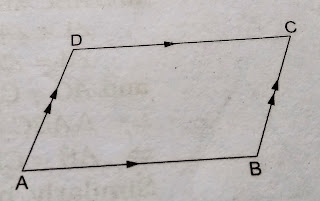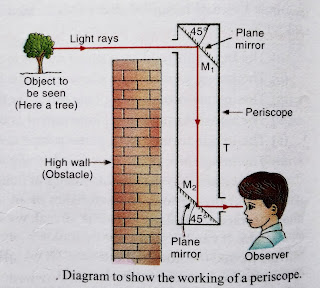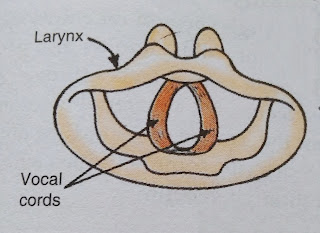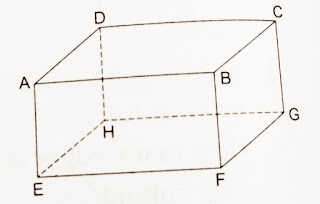Refraction of Light : Refraction, Laws of Refraction, Refractive Index

Refraction of light covers definition, laws of refraction of light with diagram, notes for class 8,9,10 Refraction : The change in direction of the path of light, when it passes from one transparent medium to another transparent medium, is called refraction. Refraction of light is essentially a surface phenomenon. You may Like NCERT Solutions MCQ Questions and Answers Why is refraction occurred? Because when light travels from a optical optical medium to another optical medium its speed changes and due to changing in speed it is direction is also changes. Because of this refraction occurred. When a Ray of light travelling in one transparent medium strikes obliquely at the surface of another transparent medium, a part of light comes back to the same medium obeying the laws of reflection and is called the reflected light. The remaining part of the light passes Into the other medium and travels in a straight path different from its initial direction and is called r...






